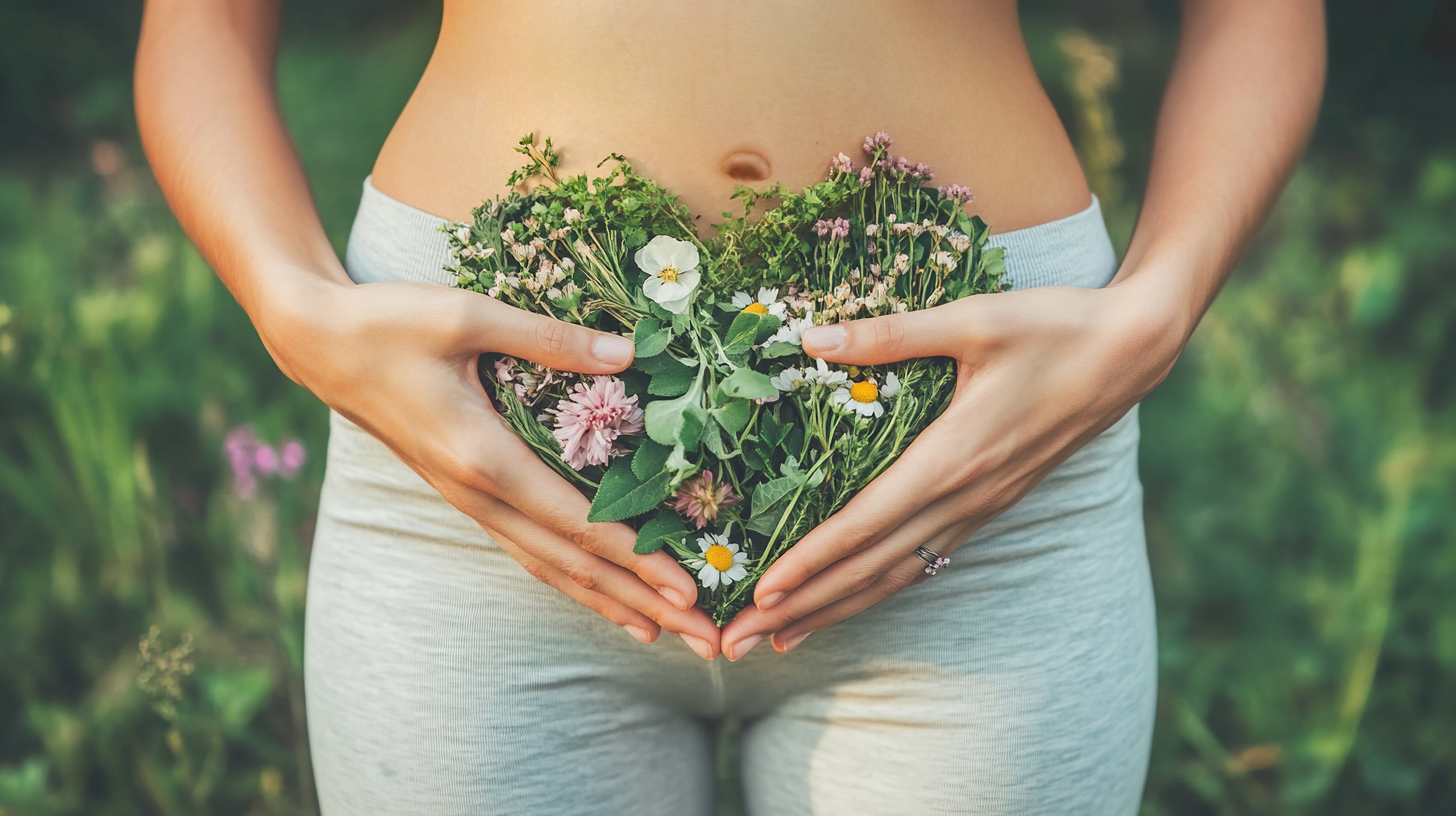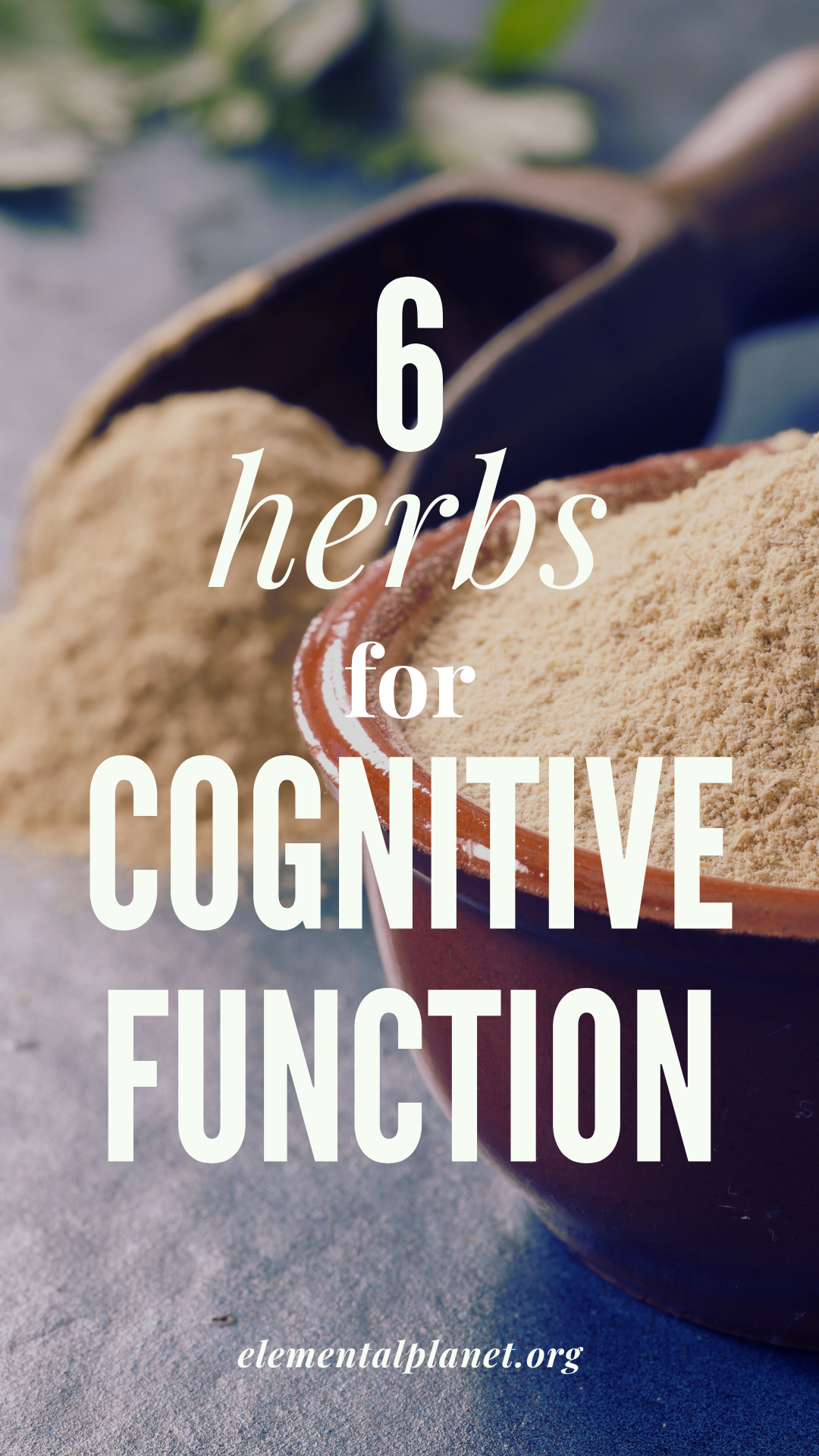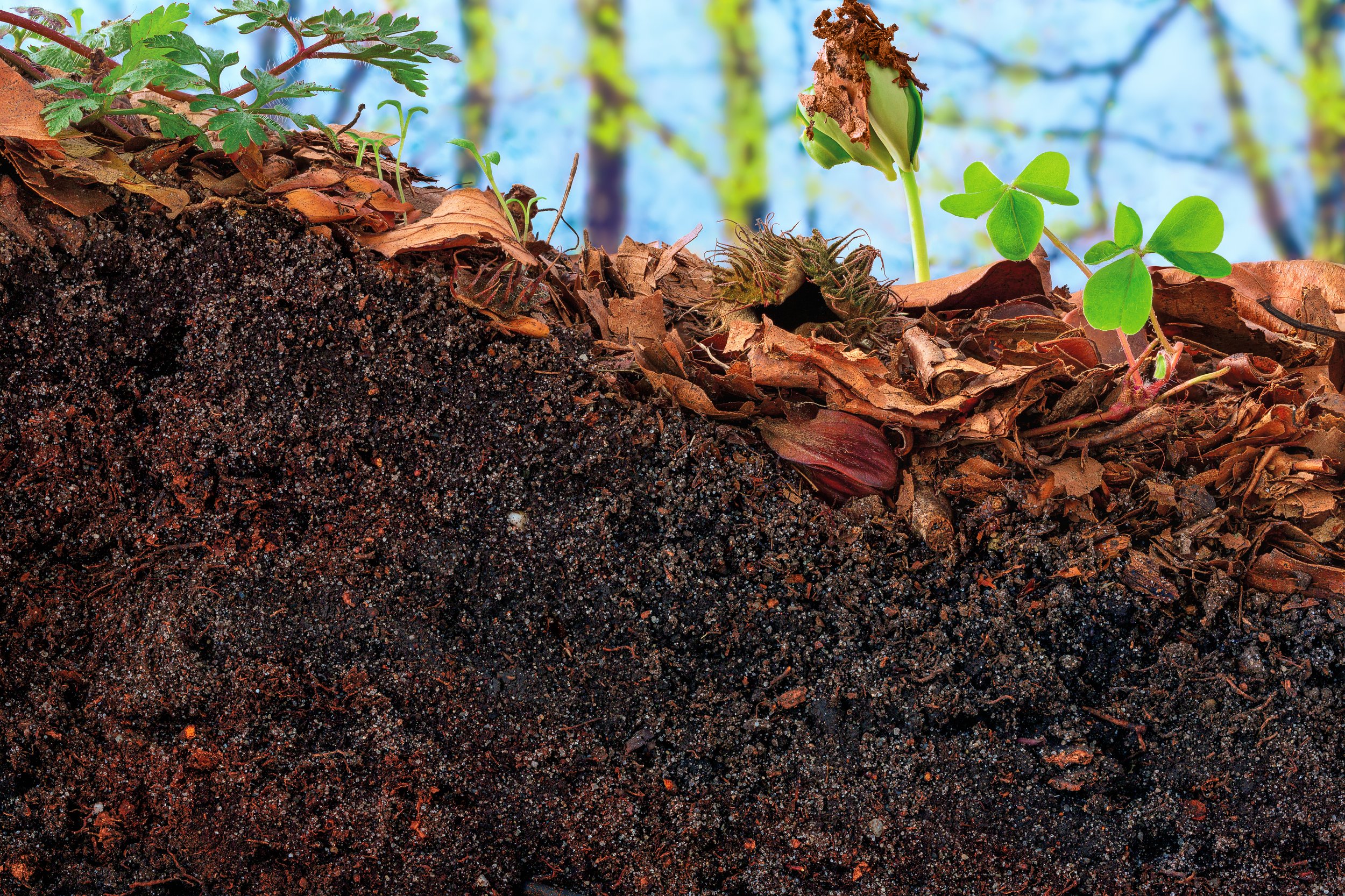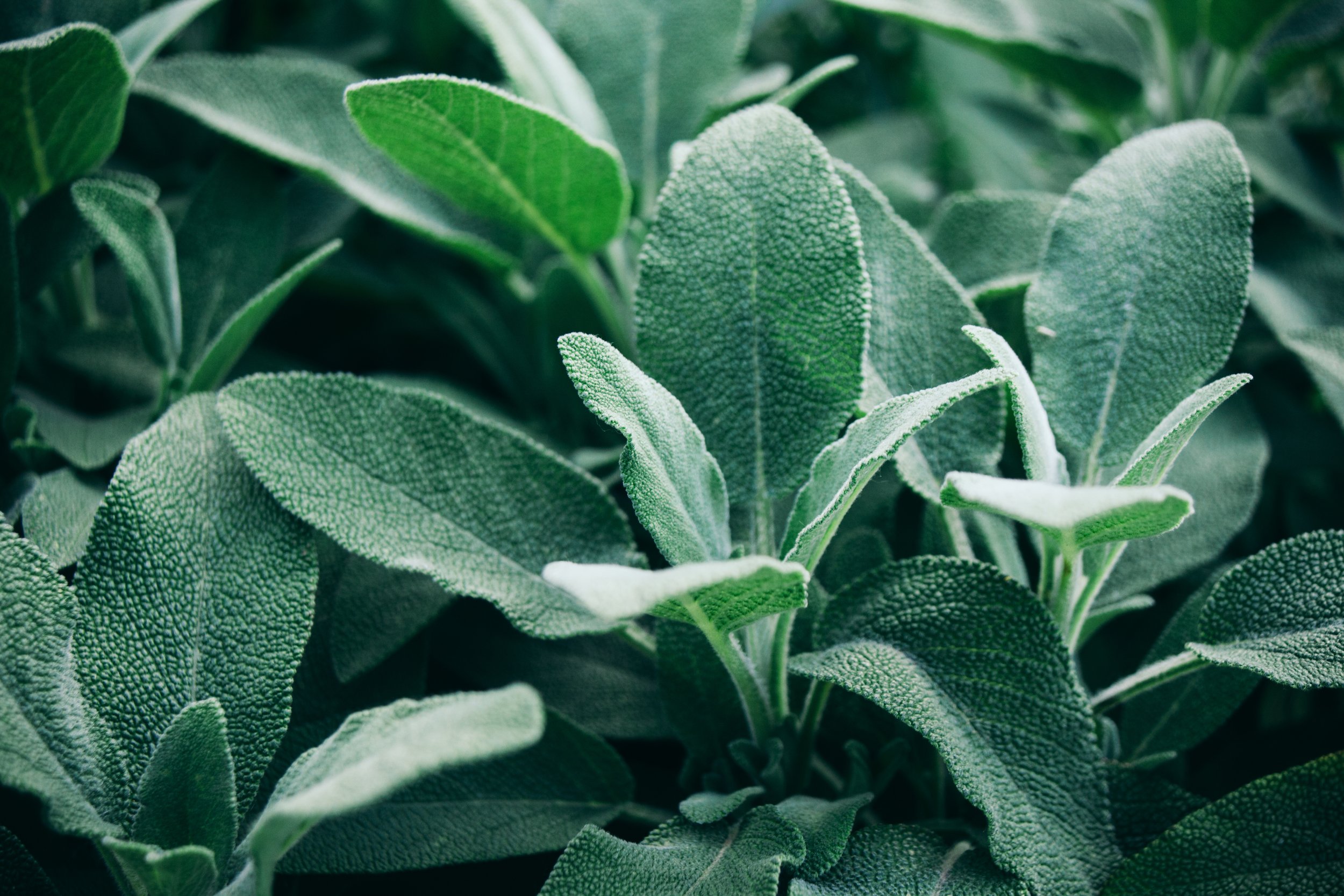Regenerative Agriculture: The Basics
There is something truly beautiful about growing your own food, tending the earth, and being gifted with sustenance in return. Our current agricultural systems contribute to a quarter of global greenhouse gas emissions, so returning to our roots and growing our own food could be a significant step towards salvation. Redefining our agricultural systems offers an excellent opportunity to transform global emissions, and one promising method is regenerative agriculture.
What is Regenerative Agriculture?
Regenerative agriculture (RA) is a sustainable food production system that emphasizes soil health and biodiversity. It aims to balance productive food production while maintaining nutrient-dense soil with a rich microbiome. RA eliminates the need for pesticides by promoting symbiotic relationships within the soil and between soil, plants, and insects. Surprisingly, pest populations are ten times higher in fields treated with insecticides compared to fields using regenerative techniques. This counterintuitive result makes sense upon deeper examination. When plants are bombarded with pesticides and fertilizers, they rely less on their environment, and their natural chemical communication signals are overshadowed by synthetic chemicals.
The Benefits of Regenerative Agriculture
When plants can no longer send and receive vital information, they become defenseless against pests. For example, when a plant is attacked by a pest, it sends out a distress signal to warn surrounding plants. This warning allows plants to produce alkaloids that deter pests, such as making leaves extremely bitter. Without this communication, plants are caught off guard and defenseless. RA focuses on building relationships between plants and their neighbors so they can support and strengthen each other.
Regenerative field of vegetables
Symbiotic Relationships and Soil Health
While current agricultural systems are based on monocultures, RA thrives on growing plants together that positively affect each other. Supporting symbiotic relationships enables plants to defend themselves against pests and receive nutrients from soil partners. Soil health is crucial in RA, as healthy soil boasts a vast microbiome, a fungal network connecting plants, and plenty of decomposed organic matter to replenish the soil. In harmony, these elements result in happy plants and soil that can support even more growth. Overall, RA systems sequester carbon rather than emitting it, unlike our current systems.
Economic and Nutritional Impact
Regenerative farms typically yield less, but the net nutrient content of their produce is significantly higher. This higher quality food is typically sold for human consumption rather than feedstock for cattle, which has a lower market value. Therefore, profits can be much higher even with lower yields. One study found that regenerative fields yielded 29% less on average but profited 78% more. The balance between production and consumption systems is crucial. Production systems emphasize yields while consumption systems emphasize nutritional content. A balance is required to not only create the highest quality food but also make it readily available to all. Scaling RA to accommodate larger societies while maintaining its principles is challenging, but as this field grows, more solutions will arise that benefit both our health and the planet.
Regenerative agriculture holds immense potential to revolutionize our food production systems and reduce greenhouse gas emissions. By fostering symbiotic relationships and focusing on soil health, RA offers a sustainable and profitable alternative to conventional agriculture. As more people adopt regenerative practices, we can look forward to a future where agriculture supports the health of both our planet and its inhabitants.
References
J. Poore,T. Nemecek (2018). Reducing food’s environmental impacts through producers and consumers. Science Jun 2018: 987-992. https://science.sciencemag.org/content/360/6392/987
LaCanne, C. E., & Lundgren, J. G. (2018). Regenerative agriculture: merging farming and natural resource conservation profitably. PeerJ, 6, e4428. https://www.ncbi.nlm.nih.gov/pmc/articles/PMC5831153/
L. Schreefel, R.P.O. Schulte, I.J.M. de Boer, A. Pas Schrijver, H.H.E. van Zanten. (2020). Regenerative agriculture – the soil is the base. Global Food Security, Volume 26, 100404, ISSN 2211-9124. https://www.sciencedirect.com/science/article/pii/S2211912420300584#:~:text=Regenerative%20agriculture%20(RA)%20is%20proposed,solution%20towards%20sustainable%20food%20systems.&text=From%20our%20analysis%2C%20we%20propose,contribute%20to%20multiple%20ecosystem%20services.
























